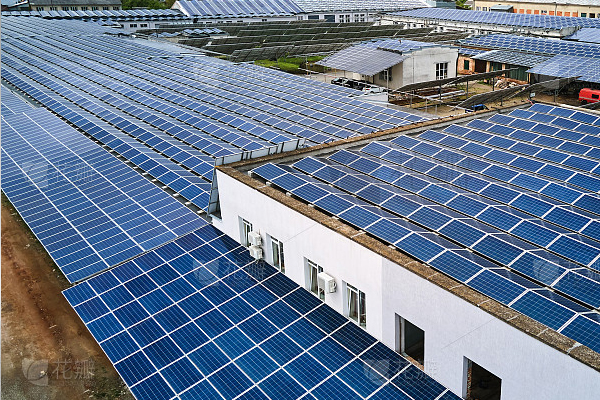VIDEO & CENTER

Recently, the International Energy Agency released the latest report - "Clean Energy Market Monitor", the report shows:

In 2023, global clean energy deployment reached a new high, with annual increases of 85% for solar PV and 60% for wind. The two technologies added nearly 540 gigawatts of installed capacity, with China accounting for most of that. However, clean energy deployment in 2023 remains too concentrated in advanced economies and China, with the rest of the world still lagging far behind. By 2023, China and developed economies will account for 90 percent of new wind and solar PV capacity and more than 95 percent of global electric vehicle sales.
In 2023, electric vehicle sales will increase by about 35% to 14 million units, accounting for one-fifth of global sales. China once again leads the way, with one in three cars sold being electric, compared with one in four in the European Union.
In contrast, global heat pump sales fell slightly from the 2022 record as consumers avoided spending on big-ticket items and concerns about high fuel prices eased. The slowdown in heat pump sales highlights the importance of supportive policies to help cash-strapped consumers and narrow electricity and gas price differentiations.
Nuclear capacity additions will fall to 5.5 GW by 2023, although year-over-year changes in new capacity are of little significance for technologies with longer project development and execution times. In 2023, there are five projects to start construction of new nuclear reactors. As of early 2024, there are 58 reactors under construction worldwide, with a total capacity of more than 60 GW.
In 2023, the incremental capacity of hydrogen electrolyzers increased by 360%, but from a very low base. This growth is largely due to China, as the EU relinquishes its lead. The United States has also accelerated its deployment, but in absolute terms, the annual additions are still modest.
Energy efficiency, however, is lagging. Our latest assessment shows that energy intensity will improve by about 1% by 2023, four times less than the COP28 commitment to double the rate of long-term energy intensity improvement by 2030.
On the back of the Covid-19 stimulus, clean energy deployment has accelerated significantly since 2019. From 2019 to 2023, clean energy will grow faster than fossil fuels by a ratio of two to one. Despite the stagnation of hydropower generation and the decline of nuclear power due to drought and forced outages of nuclear power in the EU, low-emission electricity production grew by about 1,800 TWH. Generation from fossil fuels grew by just under 850 TWH. Among end-uses, consumption of clean energy has grown at about twice the rate of fossil fuels.
Between 2019 and 2023, the deployment of five key clean energy technologies - solar PV, wind power, nuclear power, electric vehicles and heat pumps - could avoid around 25 EJ of fossil fuel energy demand per year. This is equivalent to 5% of total global fossil fuel demand across all sectors in 2023, or almost as much as Japan and South Korea's combined energy demand from all sources last year.
The avoided coal demand is about 580 million tons of coal equivalent (Mtce) per year. This is 30% higher than the actual growth in global coal demand of about 440 metric tons of standard coal per year between 2019 and 2023. The biggest driver of avoiding coal demand is the deployment of solar PV and wind power in the power sector around the world, two technologies that avoid the increase in coal demand. Annual coal demand is about 320 and 235 metric tons of standard coal, respectively. That's equivalent to the combined annual coal demand for power generation in India and Indonesia.
In terms of energy equivalent, the annual avoidable gas demand is about 180 bcm. This is almost double the real annual global gas demand growth of about 100 bcm between 2019 and 2023. Wind and solar PV deployments accounted for the largest share of the avoided gas demand (155 bcm), although heat pump deployments also avoided about 15 bcm of annual demand, and nuclear power also contributed. The avoided gas demand exceeds the pre-invasion gas pipeline exports from Russia to the EU (about 150 bcm in 2021).
In terms of energy equivalent, the avoided oil demand amounts to almost 1 mb/d. Without this, oil demand would rise above pre-pandemic levels in 2023, on an energy equivalent basis, rather than remaining slightly below it. Electric vehicles provide much of the avoidable demand for oil.
The new report, Clean Energy Market Monitor, aims to fill in the gaps by providing a timely, concise and up-to-date overview of clean energy deployment in 2023 for selected technology groups. It is not intended to be a comprehensive tracker of activity or to provide detailed investment or technology trends. This is the first in a series of articles bringing together the latest trends in selected key clean energy technologies and assessing the impact on energy markets more broadly.














